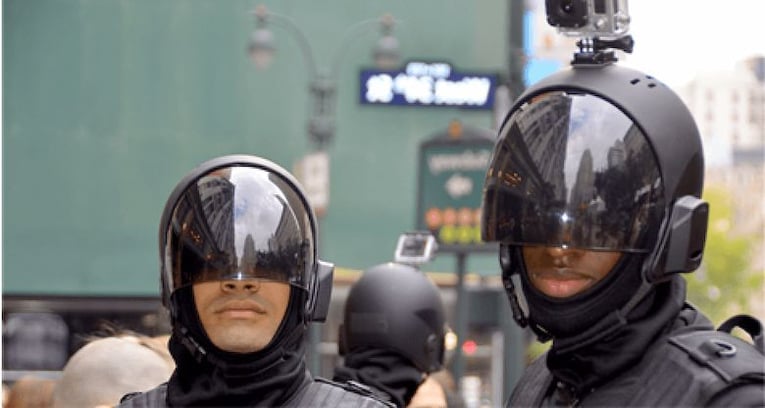You know the saying, “when the going gets tough, the tough get going?” That’s exactly what first responders need to do in emergencies or developing events. They need to be able to act responsibly and quickly, streaming real-time HD video to remote command and control centers, apprising them of situational awareness. In this way, those in charge can assess what’s happening and dispatch the right team, at the right time, and on time.
However, you can only evoke such a quick response if you can guarantee the reliable, high-speed data communications that mission-critical HD multimedia applications require.
Land Mobile Radio (LMR) systems such as Project 25 (P25) or Terrestrial Trunked Radio (TETRA) don’t cut it for wireless service delivery: they only support voice and low-bandwidth data, unsuitable for successfully coping with today’s homeland security threats.
The recent introduction of broadband public safety networks helps fill the gap, providing higher capacity with ultra-low latency to transmit huge amounts of HD multimedia data. The transition from the old LMR and TETRA networks is already underway, as law enforcement agencies gear up to handle any threat and situation. These transitions use various wireless access technologies, transported via wireless and fiber backhaul. LTE technology is also poised to deliver highly secured, top-quality service for public safety networks, and will require wireless backhaul that is highly optimized for LTE.
But upgrading networks to these broadband standards demand a re-evaluation of the criteria for wireless backhaul infrastructures. Thus, when assessing and selecting a suitable wireless backhaul solution for your mission-critical network, you must ensure its readiness, and assess:
- Is the solution optimized for public safety’s rigorous multimedia availability requirements?
- Is the solution fast and simple to implement in situations where time is of the essence?
- Can the solution provide a smooth transition from a voice-centric, TDM infrastructure, to a broadband IP network?
- Does the solution meet budgetary constraints?
- How secure is the solution?
Ceragon's high-capacity IP-20 platform for public safety networks presents the best fit to accommodate mission-critical HD multimedia applications, as it is optimized for public safety’s stringent multimedia capacity and availability requirements, allowing traffic shaping and providing the lowest latency.
Compact and high-powered, the IP-20 platform enables simple, rapid implementation, offering extended reach anywhere in emergency situations, under any condition. The space-saving form factor, the smallest in the industry, fits right into a cell on wheels (COW) or a small shelter, and features a full set of frequencies for flexible and quick operation at any location, without interference.
Ceragon applies its years of LTE wireless backhaul and network transitions expertise to provide those who require this technology to transition smoothly from narrowband, TDM-based networks to public safety broadband IP networks such as LTE. Moreover, the Ceragon solution helps you meet your operational efficiency targets by providing the lowest total cost of ownership (TCO) in the market.
So when the going gets tough -- and with public safety networks, it will -- go with the one wireless specialist who can get it going.
Find out more about how to enable HD mission-critical multimedia for your public safety organization by Contacting US.

